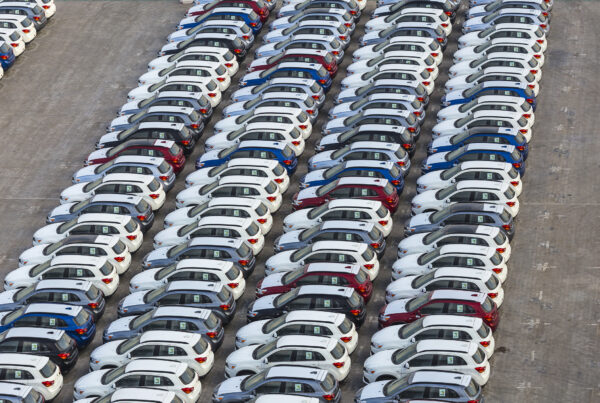In response to an earlier article from AfMA focusing at speeding drivers, we were delighted to hear from one of our members Peter Newcombe who raised some interesting points over the variance in speed between vehicles speedometers and those found in GPS devices.
It is hoped the below piece might provide some anecdotal reasoning for the constant barrage of speed-related incidents on Australian roads, whereby drivers are perhaps deliberately speeding because they know they have a window or grace period where they won’t be caught.
This explanation is by no means exhaustive or conclusive but would certainly be of particular interest for fleets that heavily rely on GPS or telematics software within their vehicles or for those that have a heavy culture of speeding among their drivers.
Again we thank Peter for his hearty contributions in preparing this feedback and encourage others to engage in the discussion with AfMA when it comes to speeding – how can we collectively make our roads safer?
A response from Peter Newcombe:
The article expresses shock and horror that people think it’s ok to do 65 in a 60 zone.
I am horrified, not! Perhaps we need to determine if they are actually speeding. It has become apparent to me that vehicle speedos are now extremely suspect in their accuracy.
Case in Point. I currently drive a Nissan NP300 ute as a work car.
When I first got the ute one of the things I noticed is how I was being passed by others travelling like a rocket sled on rails whilst on what passes for a freeway up here in the NT.
Now my speedo was indicating that I was travelling at 100kph, so why weren’t the others getting booked by the man with the radar gun on the side of the road?
The answer came sometime later. Whilst I was having a jolly jaunt around America I purchased a Garmin GPS and almost instantly became a convert from old-school map reader to a hi-tech user in this regard.
On my return to Australia, I purchased a later model 7” Garmin to use in a bus that we use to pick up staff for the staff Christmas party. It works really well, you can put in 20 odd addresses and go for it – great!
Later I put it in the ute, remember the ute at the start, and while it showed 100kph on the speedo according to the Garmin I was actually doing nothing even close. Using the Garmin as a guide I had to bump my speedo up to 108kph in order to be doing 100kph according to the Garmin.
One of them is not right, but when I started doing this, others stopped going past me like a rocket sled on rails. So which device is correct, were we all now speeding? I think not!
Why, you ask?
You may remember those nice trailers parked on the side of the road that indicate your speed, well they just happen to agree with the speed indicated on the Garmin, not the vehicle.
Whether on the highway at 100kph or in a school zone at 40kph the Garmin and the trailers always matched, the speedo did not. I have put the Garmin in other makes of vehicles with the same or similar result.
So the question that remains is that due to an obvious programmed error in vehicle speedos is?
Are people thinking they are doing 65 in a 60 zone actually doing 65, or are they actually doing 58 or 59 as a result of speedo error?
Given the theory’s running around that there is a margin of error that you can be a little above the limit and get away with it, and the error in speedos perhaps people just no longer trust the speedo because the error is too great. Knowing that they read low they deliberately speed estimating how much over the limit they can actually go before they really are speeding?
None of what I have said negates the impact of an accident at low speed can cause as evidenced in the low speed at which an ANCAP test ceases, as after that the speed is a moot point dead is dead.
Are they really speeding or do they just think they are?
If after reading this you think I am not into safety think again, I just like to put on a black hat to check both sides of a discussion. I have just purchased a new motorbike and it is fitted with an AIR BAG. Didn’t have to be, it is an option
You may think that an airbag on a bike is silly, trust me when you take off at the lights you are a lot quicker than some people think and many bike accidents are a “T” bone when a car runs a red light. Check out Airbags on Motorbikes on Youtube.
When you Ride a motorbike you soon learn to have your head on a swivel because everyone out there in cars and trucks are trying to kill you, whether they realise it or not.
AfMA is a firm advocate of vehicle and road safety. First released in 2001, the TAC’s excellent Wipe Off 5 campaign remains an excellent reminder of the difference just 5 km/h can make to the outcome of a crash. Make the effort to keep your drivers safe on the road.


















